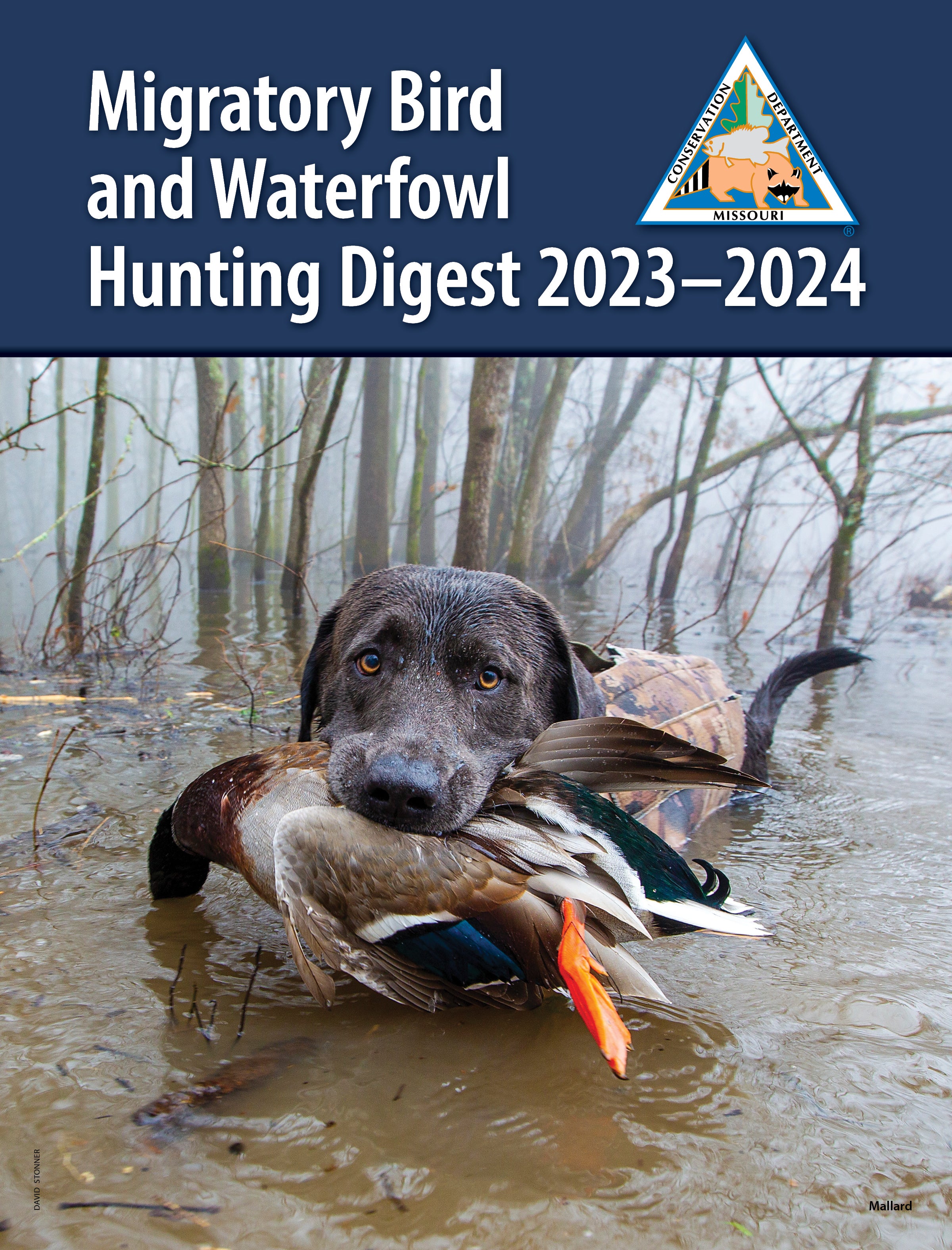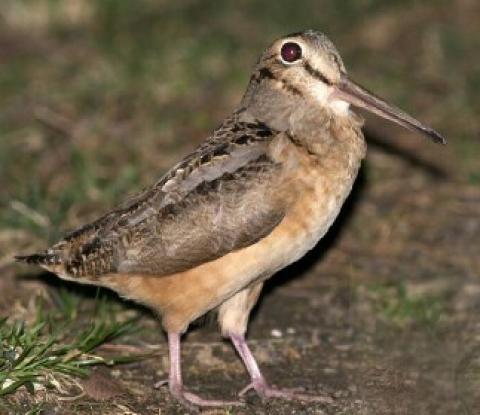About Woodcock
A migratory species, American woodcock visit Missouri in the fall and spring on their way to and from their wintering grounds in the southeastern states.
The woodcock is unique among Missouri’s game birds in that it is classified as a shorebird, but spends nearly all its life in upland forests, forest edges, old fields and meadows. Look for woodcock during the fall hunting season in brushy thickets and bottomland timber during the day and in open fields where they roost at night.
Why Hunt Woodcock?
Woodcock are often overlooked as a game bird in Missouri but they can provide excellent sport.
- They readily hold for bird dogs.
- They can be abundant during the peak of migration.
- They are often found on MDC conservation areas.
- They are tricky fliers that can test even the best upland gunner.
Getting Started
When and Where to Hunt Woodcock
Woodcock season in Missouri begins mid-October and the best hunting during that time is in the northern part of the state. The first two weeks of November are the peak of bird numbers in south Missouri.
Hunters should target brushy thickets in old fields, thickly wooded draws in agricultural landscapes, young timber cutovers, and bottomland timber. Savvy hunters will look for the half-dollar-sized white "splash" indicative of woodcock droppings to help narrow the search for occupied habitat.
Hunting in Conservation Areas
Conservation areas with suitable woodcock habitat can be found across the state. It is always a good idea to call the area manager or local wildlife biologist for tips on hunting locations and bird numbers in specific areas. The migratory nature of woodcock can mean that areas can fill up with birds seemingly overnight. On the other hand, strong cold fronts can also push birds out of an area just as fast.
Tips and Tricks
Hunt with a Bird Dog
Hunting woodcock with a close-working bird dog, either of flushing or pointing breed, is highly recommended. A good bird dog, or two, greatly increases the likelihood of encountering birds. Paying attention to the dog’s behavior can provide you with a few key seconds of warning of an approaching point or flush, which often means the difference between a successful or unsuccessful shot.
Understand How Woodcock Use Different Habitats
In the open landscapes of northern or western Missouri, concentrate on brushy draws with adjacent grassland cover. The birds feed and loaf in the brushy draws/woodlands during the day and roost in the open grassy areas at night.
Even though woodcock are considered to prefer early-successional forested areas, such as recent cut-overs or brushy old fields, don’t overlook the more heavily timbered areas when hunting.
During the fall migration, woodcock will also use areas of mature forest with a developed understory.
In the Ozarks of Missouri, areas to find woodcock include woodland restoration sites and locations that have received timber harvest or timber stand improvement within the past 10 years.























